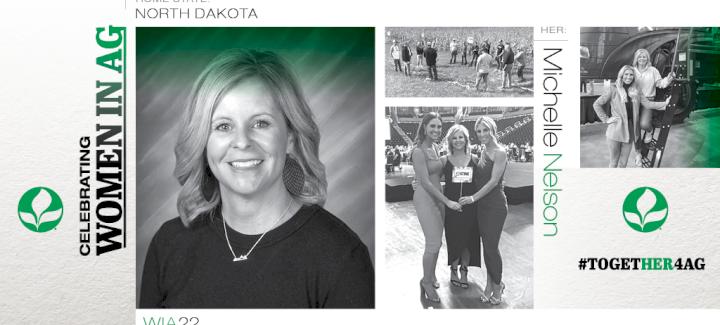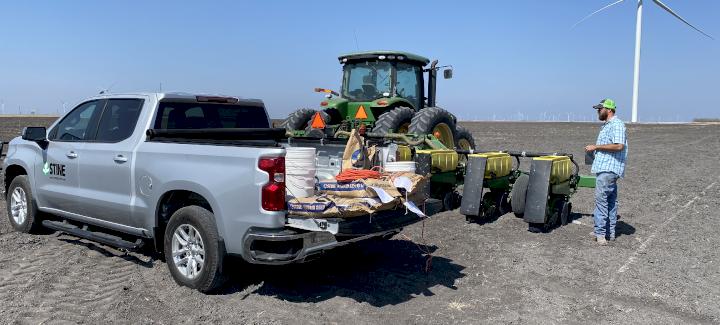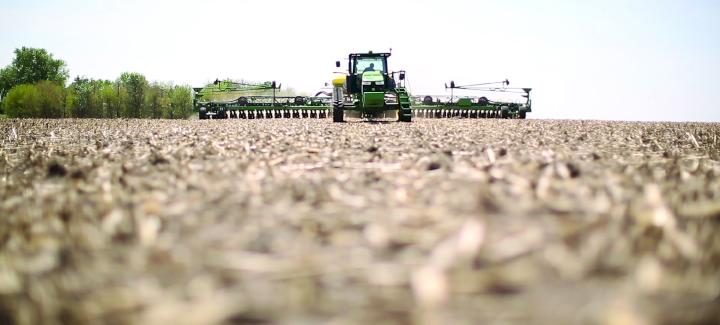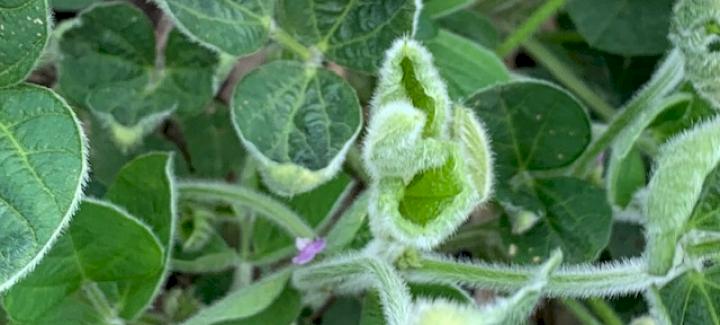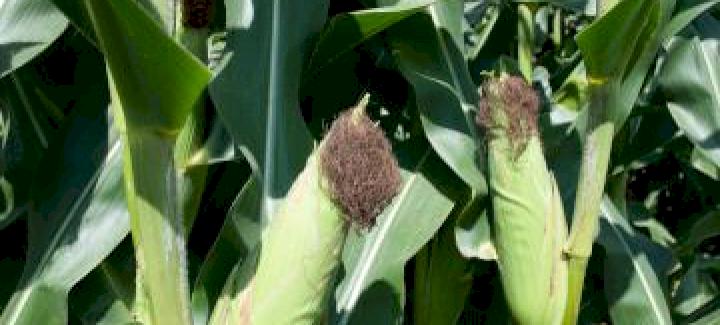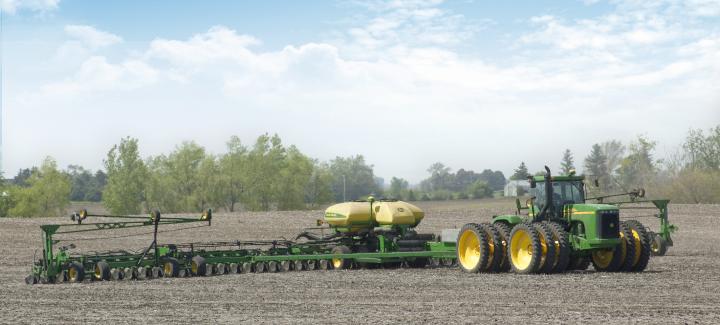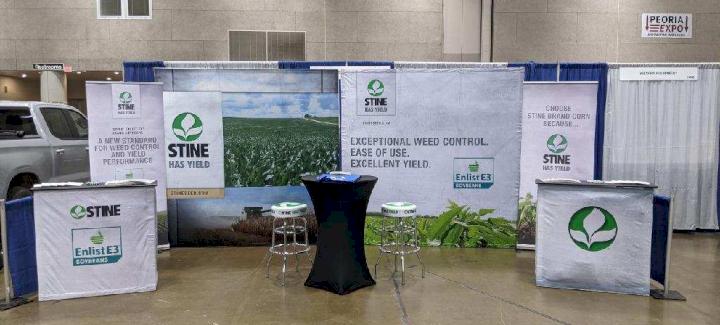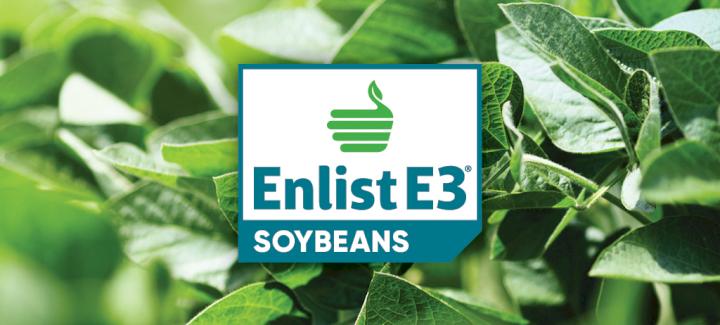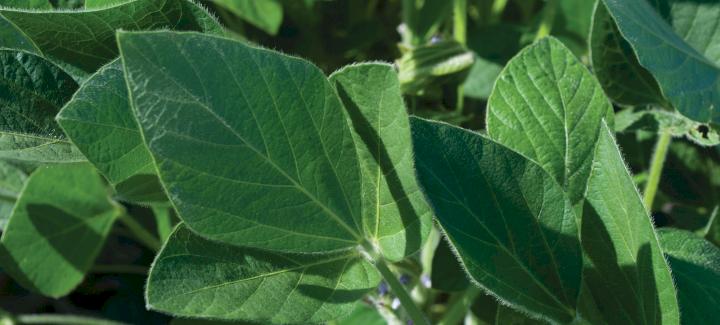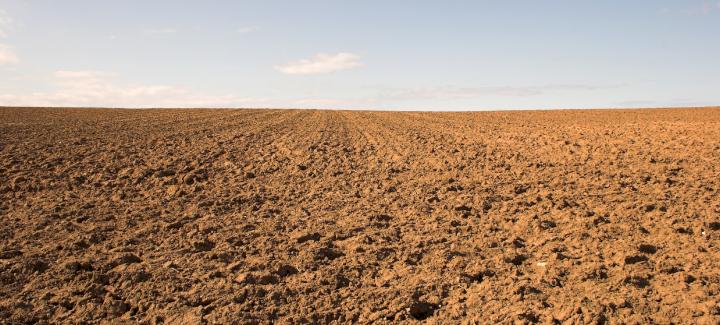Stine Seed Blog
Stine’s Ask the Agronomist blog is your source to the latest information from our expert team, including advice and insight on field practices, product recommendations, planting and harvest updates, new technologies, crop management, innovative research and information about how to keep your farm operation running smoothly year round.
-

Michelle Nelson: Educator, mother and a self-proclaimed people person
March 2022 in General
-

Paige Harris: Giving the next generation of women in ag so much to look up to!
March 2022 in General
-

Stine RSAs share their top planting tips for 2022.
February 2022 in Agronomy
-

It’s time to check equipment.
February 2022 in Agronomy
-

Stine® set to offer customers dicamba testing free of charge again in 2022
February 2022 in Agronomy
-

Stine corn options are aplenty
February 2022 in Agronomy
-

A Lesson on Seed Treatments
January 2022 in Agronomy
-

Find Stine® at these upcoming farm shows.
January 2022 in General
-

Stine® Enlist E3® soybeans: More generations equal more yield!
January 2022 in Agronomy
-

Lessons learned in 2021
December 2021 in Agronomy
-

Gratitude and season’s greetings from Stine
December 2021 in General
-

Super Management 101: Don’t pass on the sulfur!
December 2021 in Agronomy

